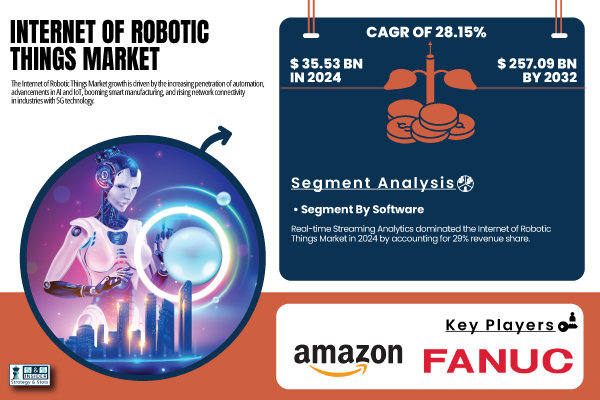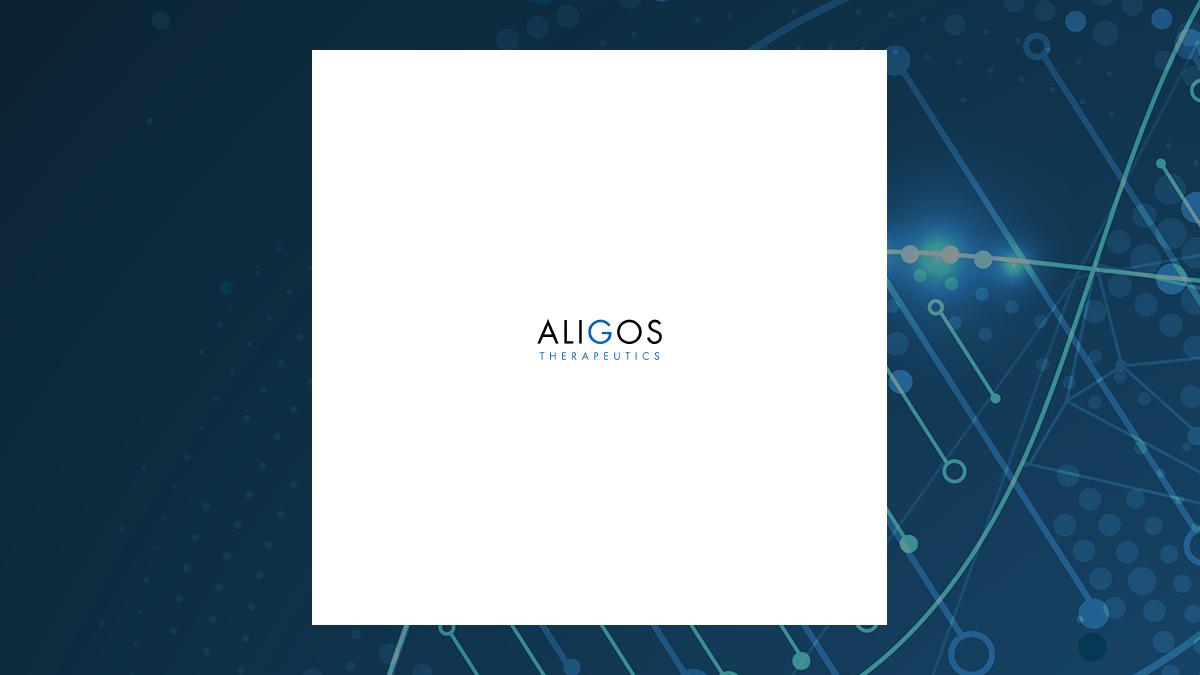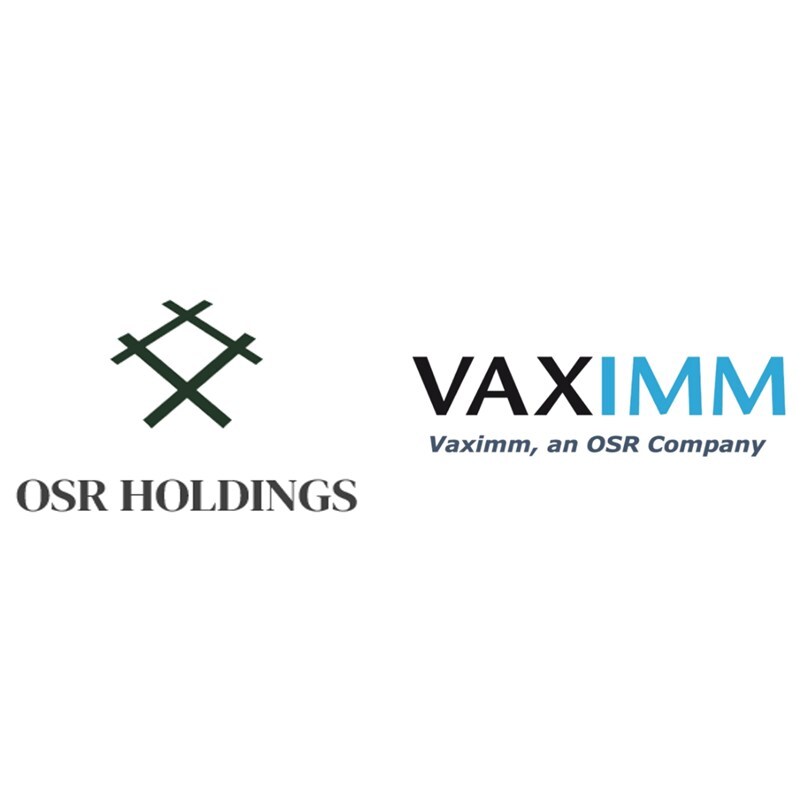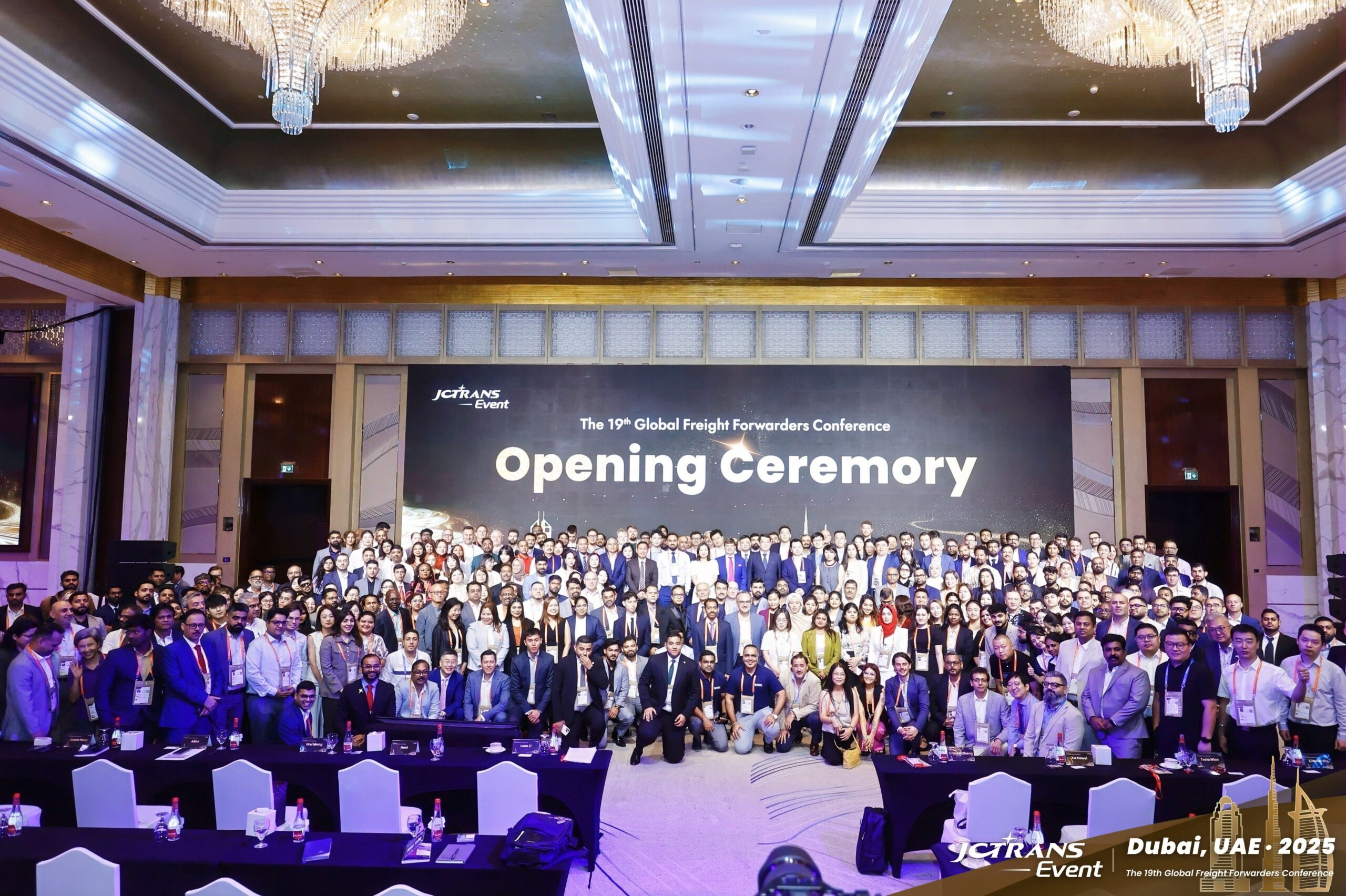Internet of Robotic Things Market Set to Reach USD 257 Billion by 2032

The Internet of Robotic Things (IoRT) market is projected to experience remarkable growth, expanding from a valuation of USD 35.53 billion in 2024 to an anticipated USD 257.09 billion by 2032. This growth represents a compound annual growth rate (CAGR) of 28.15% during the period from 2025 to 2032, driven by advancements in industrial automation and the integration of artificial intelligence (AI) within smart manufacturing processes.
Technological Innovations Fueling Market Expansion
The rapid expansion of the IoRT market is attributed to a combination of technological advancements and increasing demands across various industries. Key factors contributing to market growth include deeper integration of automation technologies, widespread adoption of 5G for enhanced connectivity, and significant improvements in both AI and Internet of Things (IoT) capabilities. These technologies empower robots to perform tasks autonomously while enabling seamless communication and collaboration across different systems.
The U.S. market is particularly vibrant, with expectations to grow from USD 9.48 billion in 2024 to USD 67.47 billion by 2032, achieving a CAGR of 27.81%. The U.S. government’s investment in AI, which totaled USD 4.38 billion in 2022, underscores the nation’s commitment to adopting smart technologies for both industrial and national advancement. Industry leaders, such as ABB Ltd., are responding to this rising demand; the company has announced a USD 20 million expansion of its U.S. robotics headquarters to enhance its capacity for intelligent automation solutions.
Market Segmentation Insights
According to a report by SNS Insider, the IoRT market can be segmented into various components, services, and applications. In 2024, professional services dominated the market, largely due to their critical role in customizing and deploying complex IoRT systems across multiple sectors. As organizations increasingly adopt tailored IoRT solutions, reliance on expert consultation and implementation services is expected to grow.
In terms of software, real-time streaming analytics captured the largest revenue share in 2024, highlighting the urgent need for immediate decision-making in fast-paced environments like manufacturing and logistics. Meanwhile, remote monitoring systems are projected to experience the highest growth rate, with a CAGR of 30.14%, as demand for decentralized oversight increases, especially in hazardous or remote work settings.
Sensors led the component segment with a market share of 38% in 2024, reflecting their essential function in enabling robotic systems to perceive and interact with their environments. Control systems are also gaining traction, with a CAGR of 29.99%, as tasks become more complex and require advanced coordination capabilities.
Collaborative industrial robots held a dominant 60% market share in 2024 and are expected to grow at a CAGR of 29.17% through 2032. Their flexibility and compatibility with human workers make them ideal for small and medium-sized enterprises, enhancing productivity while ensuring safety.
North America remains the leader in the IoRT market, accounting for 38% of total revenue in 2024, driven by a strong research and development ecosystem and established infrastructure for automation. In contrast, the Asia Pacific region is anticipated to grow at the fastest rate, with a CAGR of 29.94% over the forecast period. Countries like China and Japan are transforming their manufacturing sectors through significant investments in robotics and IoT, with China poised to maintain a dominant presence in the region’s growth.
Recent developments highlight the continuous innovation within the sector. In 2024, ABB launched Visual SLAM technology in its autonomous mobile robots, utilizing AI and 3D vision to enhance performance in dynamic environments. That same year, Amazon unveiled a new fulfillment center in Shreveport, Louisiana, featuring autonomous robots designed to improve operational efficiency and delivery speed.
As the IoRT market evolves, opportunities for expansion are emerging in under-digitized sectors, particularly in agriculture and mid-tier manufacturing. The adoption of IoT-enabled robotic platforms is already showing promise in reducing unscheduled downtimes, ensuring better asset health visibility.
The insights provided by SNS Insider indicate that the IoRT market is not just a trend but a substantial shift in how industries operate. As organizations continue to integrate these advanced technologies, the future of automation looks increasingly intelligent and interconnected.






